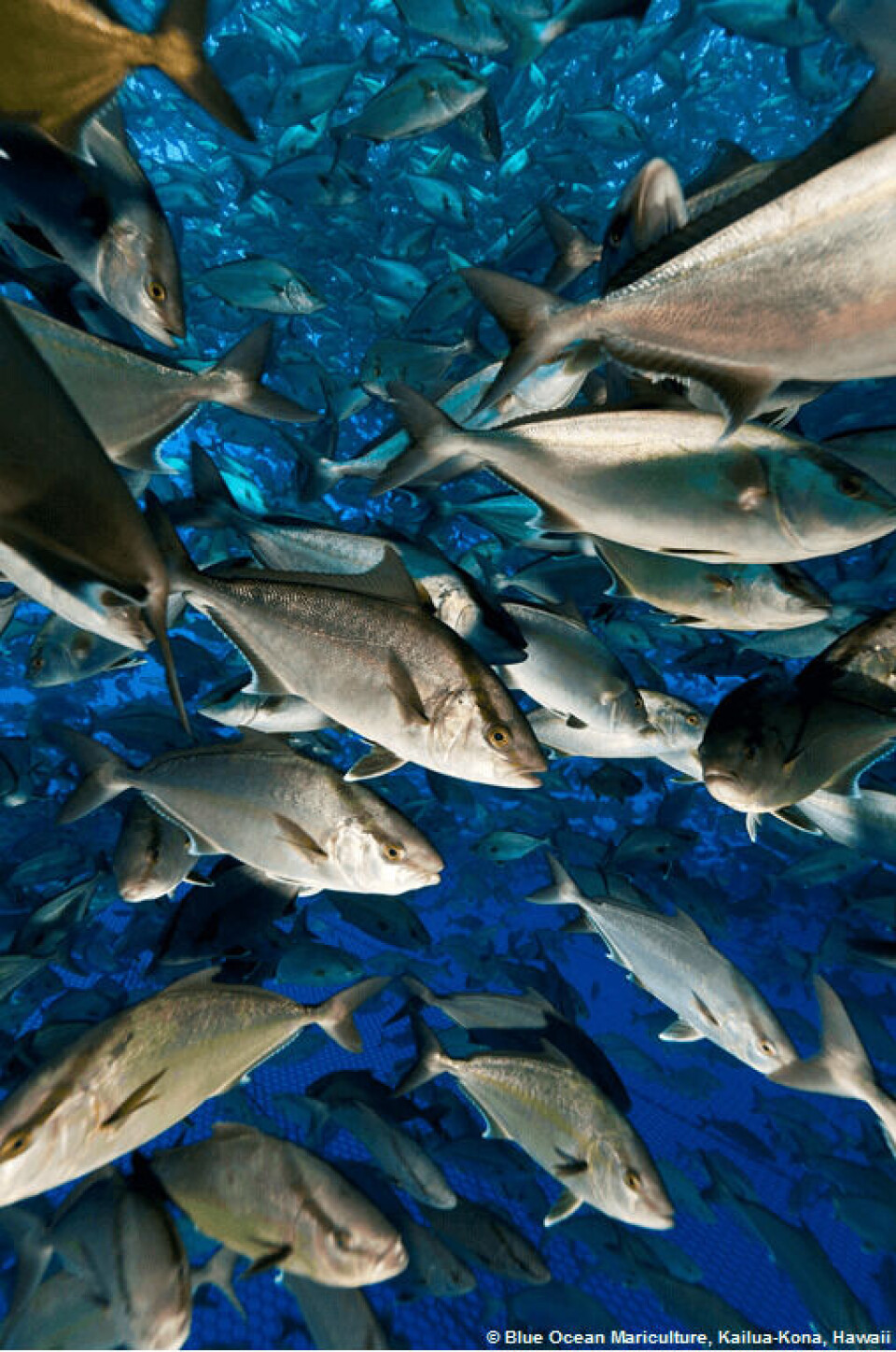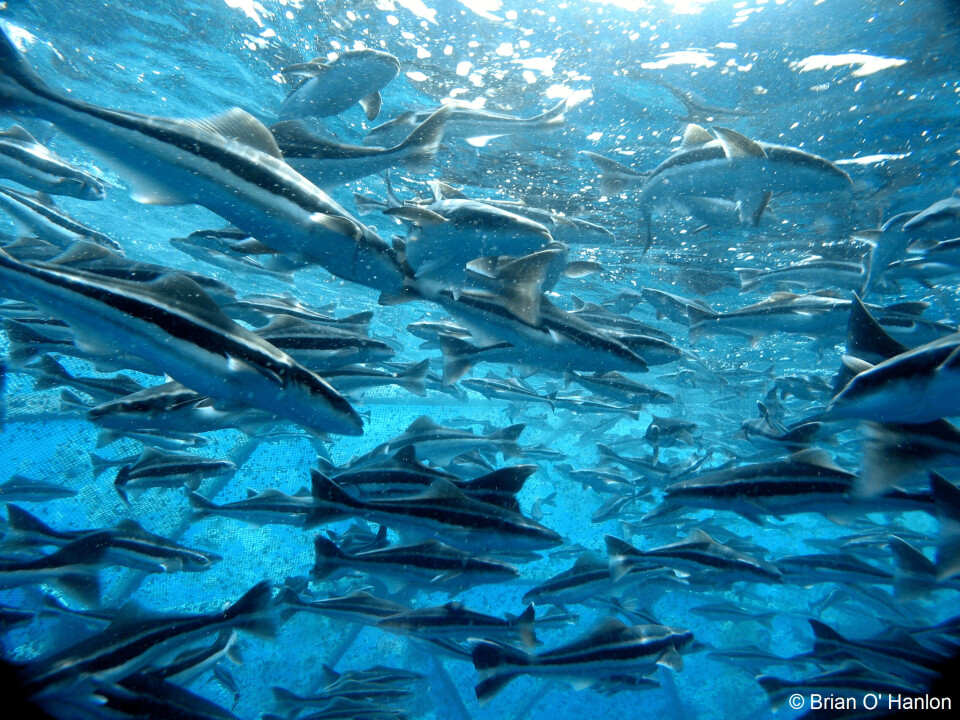
New ASC standard launched
After 8 years of development the Aquaculture Stewardship Council (ASC) has finally launched its Seriola and Cobia Standard.
“The completion of the Seriola and Cobia Standard allows the ASC to get ever closer to our ultimate goal of transforming global aquaculture to a more sustainable basis,” said Chris Ninnes, CEO of ASC.
“This standard is a testament to the hundreds of professionals who joined in the Dialogue and gave of their time and expertise throughout this extensive process. We are pleased to have worked with them to deliver a standard that will protect the environment and help farmers, workers, and local communities.”

"As one of the leading seafood retailers in Japan, AEON welcome the ASC Seriola and Cobia Standard,” said Kinzou Matsumoto, General Manager, Seafood Department, Food Merchandising Planning Division, AEON Retail Co. “Both species are widely consumed in Japan, and AEON will supply this responsibly farmed seafood to a wide range of customers. This will help to familiarise them with ASC certification, and allow AEON to strengthen their commitment to sustainability and carry on Japan’s rich food traditions to the next generation."
According to Satoshi Maekawa, Oceans and Seafood Group Officer, Conservation Division, WWF Japan: “With the great support from many stakeholders, the strong participation in the Aquaculture Dialogue and pilot audits in Japan, a robust ASC standard for Seriola and Cobia was developed. As more than 90 per cent of Seriola and Cobia production is based in Japan, ASC worked closely with other partners in the county. The experience of collaborating with many Japanese producers increased the understanding of responsible aquaculture. We believe that the introduction of this standard will lead to the further improvement of the Seriola and Cobia production and will have lasting environmental and social benefits.”
Seriola are commonly known as amberjack, yellowtail kampachi, hamachi and hiramasa. The standard was developed for both seriola and cobia because production methods for the two species are similar and the knowledge and expertise necessary to create a standard are the same.
Most seriola is farmed in Japan, but farms can also be found in Australia, South America and the United States among many other regions. Cobia production has increased greatly in recent years and it has become an important aquaculture species in the United States, Puerto Rico, Belize and many parts of Asia.
How it was created
The Seriola and Cobia Dialogue formally began in Seattle, Washington in early 2009. As the process continued, several additional public meetings were held in locations around the world, including Mexico and Japan.
Over the course of the Dialogue, participants identified the key environmental and social impacts associated with the farming of four types of seriola (S. rivoliana, S. quinqueradiata, S. dumerilli and S. lalandi) and cobia. The information was used to determine the principles most important to addressing the impacts of seriola and cobia farming and the indicators to measure the extent of each impact. This information provided the framework for creating measurable, performance-based standards for the responsible farming of the two species.
The first auditor training for the new standard took place in Bangkok on 24 October. Farms can now contract auditors to enter assessment.






















































